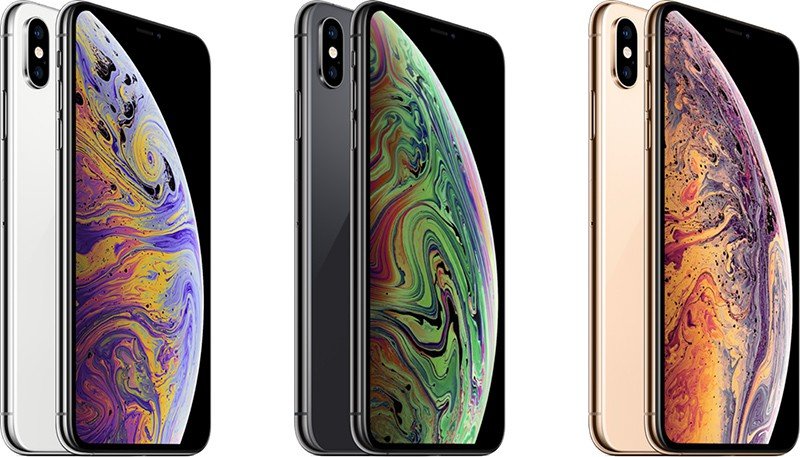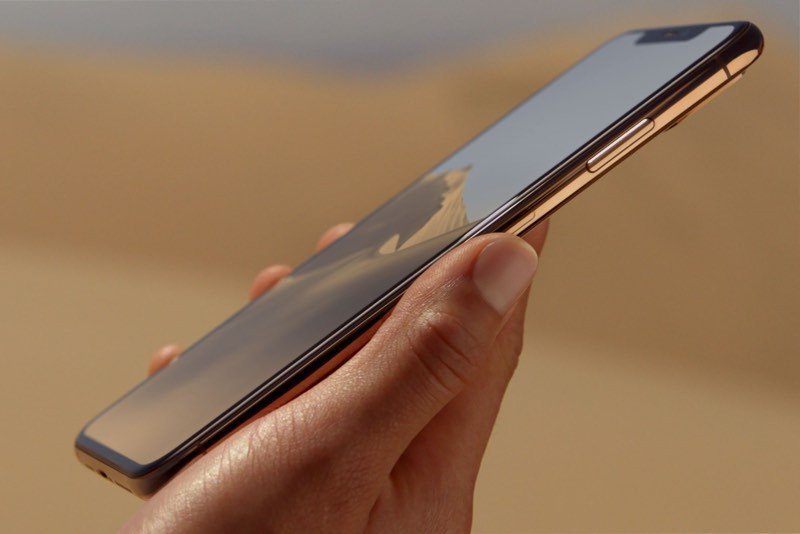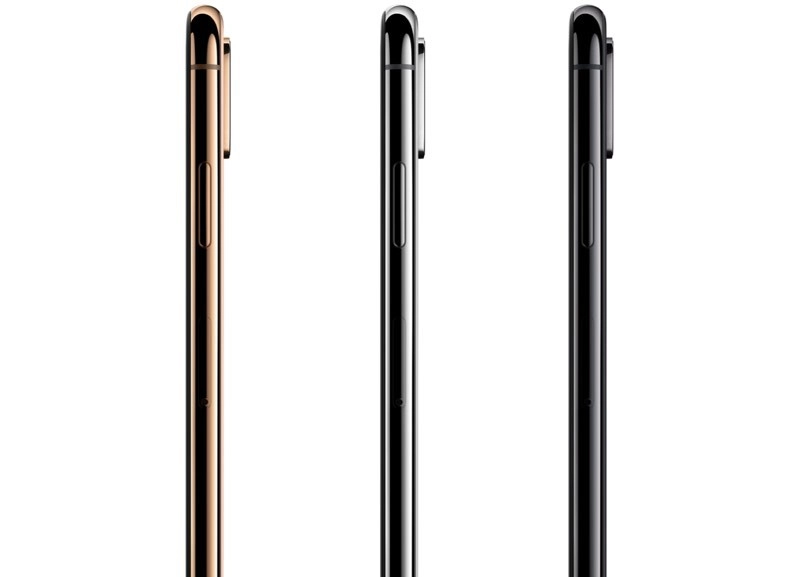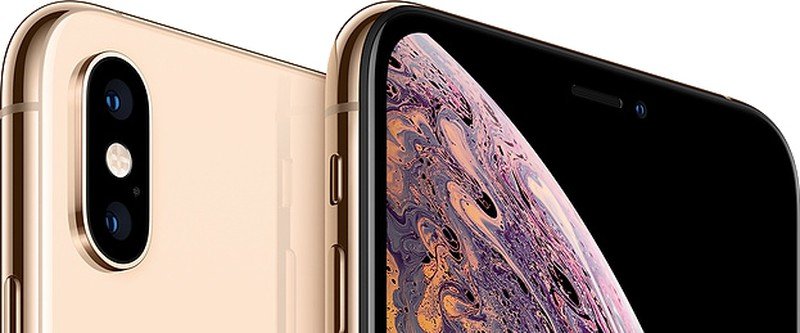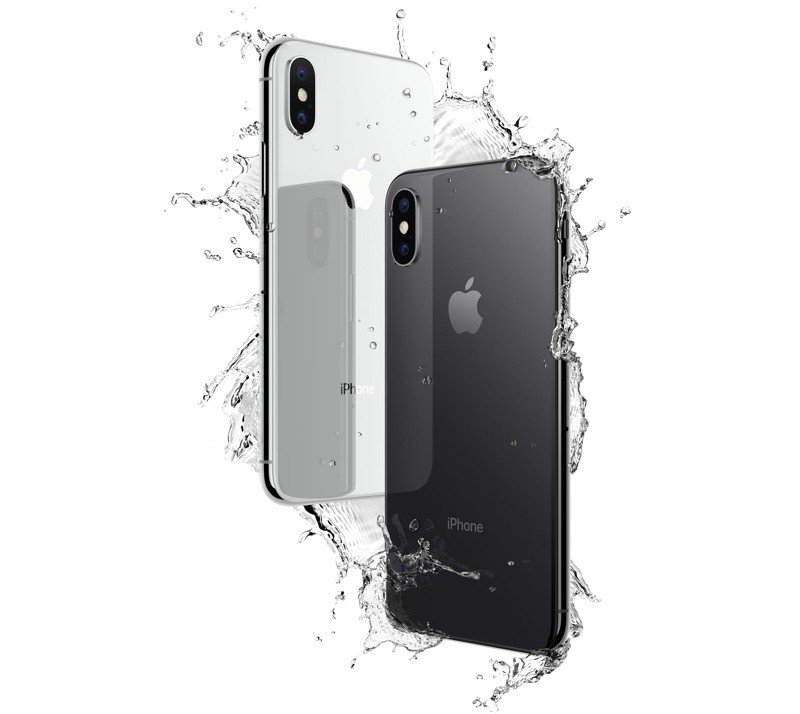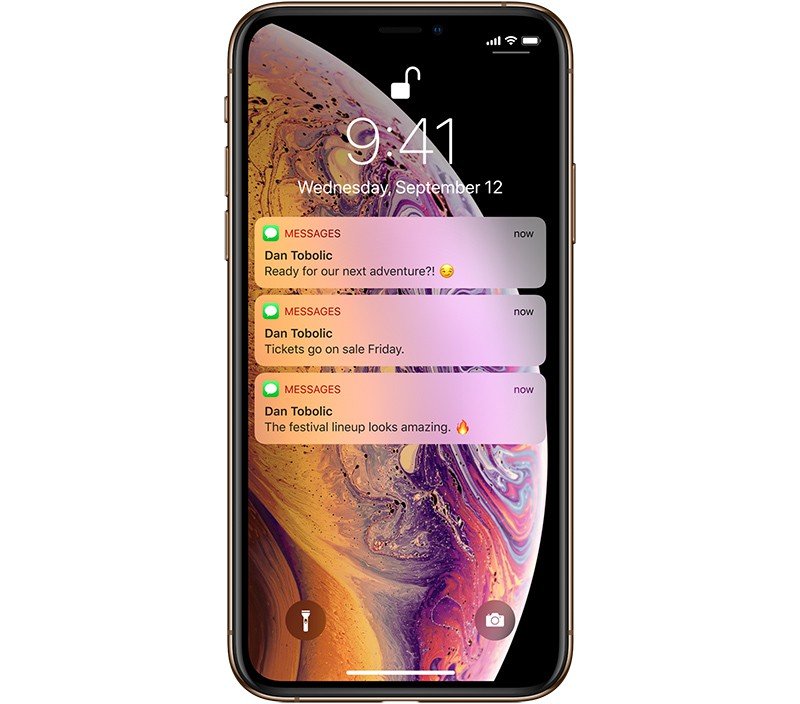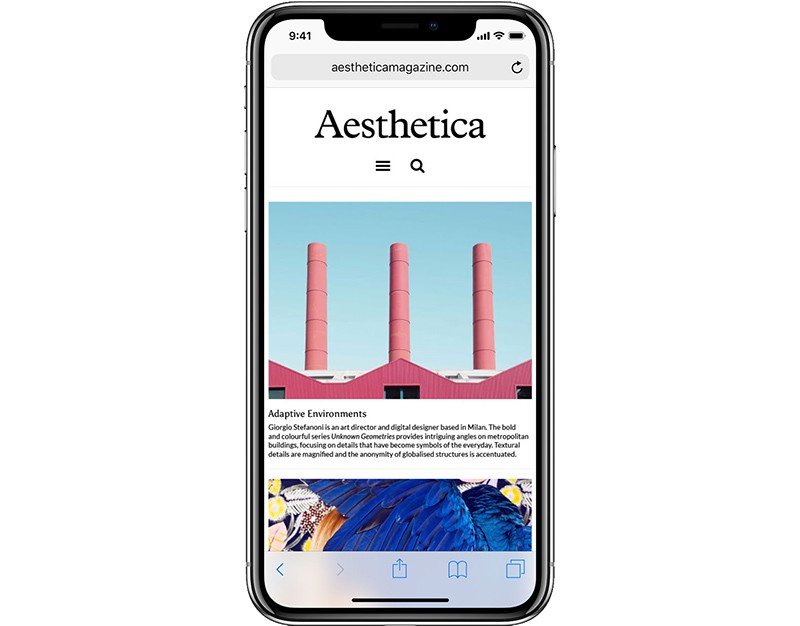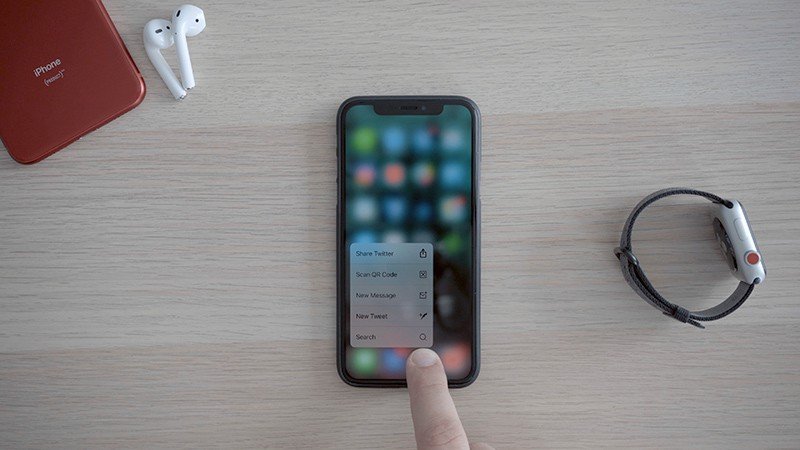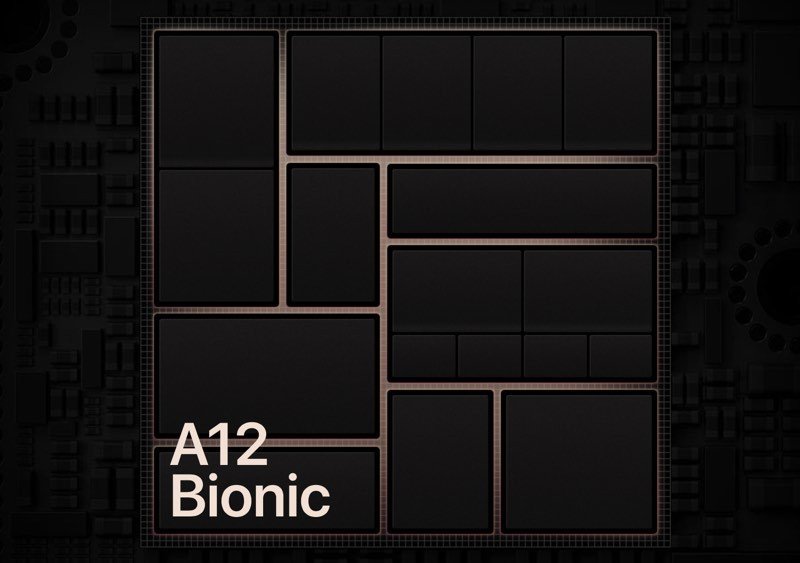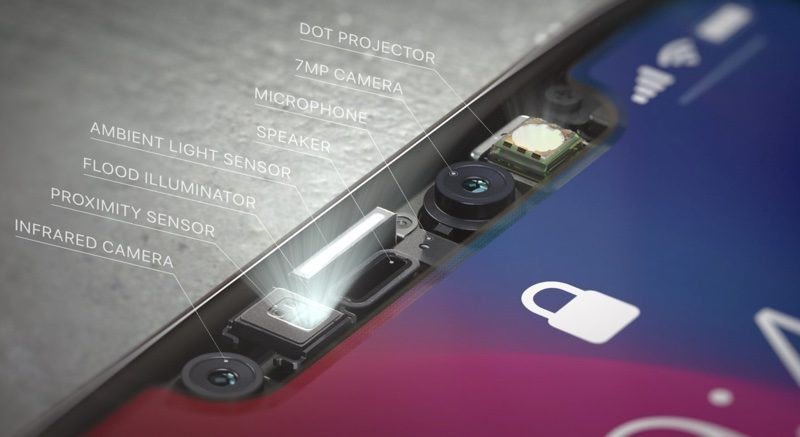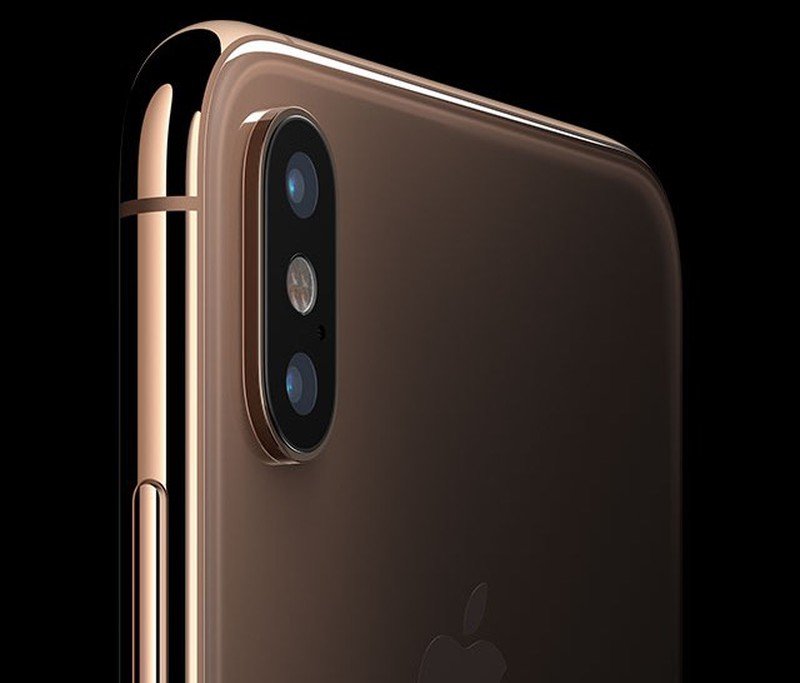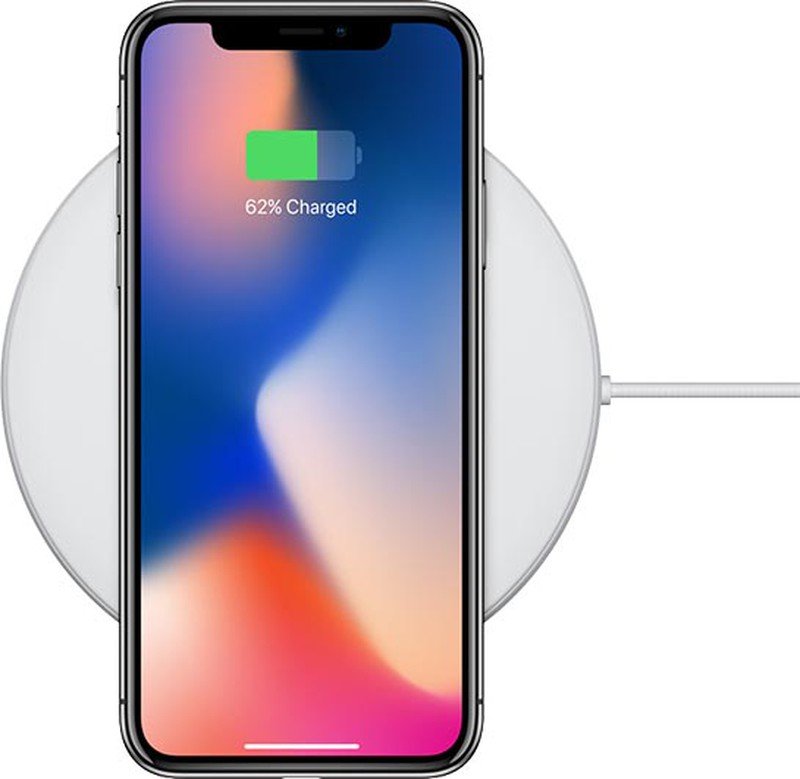iPhone XS
The iPhone XS and iPhone XS Max, introduced on September 12, 2018, are Apple's two current flagship iPhones, featuring the most advanced technology Apple...
Author:Daniel BarrettMay 29, 20222.9K Shares582.9K Views
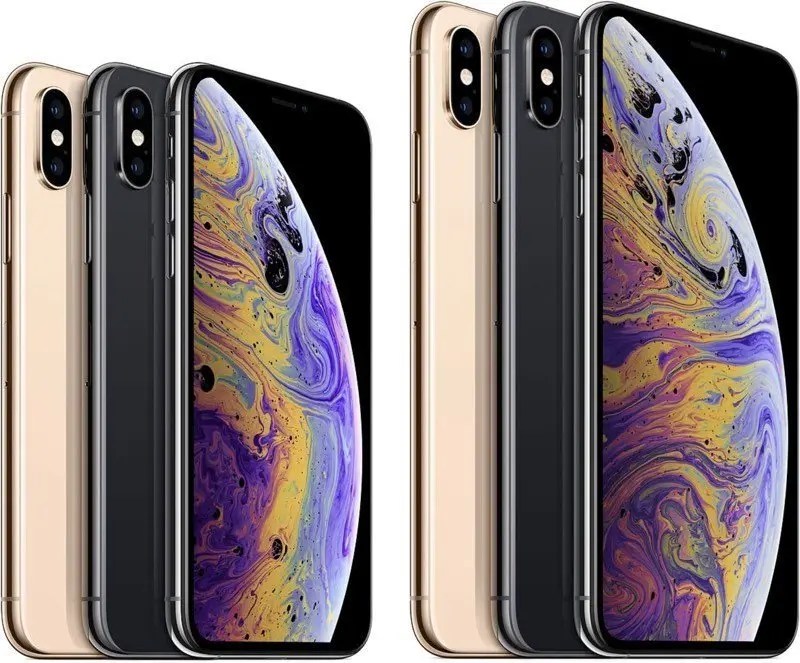
The iPhoneXS and iPhone XS Max, introduced on September 12, 2018, are Apple’s two current flagship iPhones, featuring the most advanced technology Apple has introduced in an iPhone.
Both of the smartphoneslook similar to the iPhone X, but in addition to the 5.8-inch model, there’s also now a larger 6.5-inch model. iPhone XS and iPhone XS Max feature the sharpest OLED displays and highest pixel density of any Apple device, with support for Dolby Vision, HDR 10, and Wide Color.
iPhone XS and XS Max feature the same 12-megapixel dual camera system introduced in the iPhone X, but with major upgrades. A bigger wide-angle sensor allows for sharper pictures in low light, while Smart HDR allows for photos with more detail.
A telephoto lens with 2x optical zoom continues to allow for Portrait Mode photos, which feature better bokeh, aka background blurring, and there’s a Depth Control option that allows for adjustable depth of field. Larger pixels, extended dynamic range, and a 32% larger sensor also improve stabilization and low-light performance when capturing videos, and the True Tone flash has been improved.
The TrueDepth Camera System continues to include a 7-megapixel lens for front-facing images, but it’s been upgraded so that Face ID is faster than before.
Other features include support for Gigabit-class LTE with 4×4 MIMO, Bluetooth 5.0, and Dual-SIM options with an included nano-SIM and eSIM for using two phone numbers at once. iPhone XS and XS Max support the most LTE bands ever in an iPhone.
Thanks to the A12 chip, battery life in the iPhone XS and XS Max has been improved compared to the iPhone X. The iPhone XS lasts for 30 minutes longer than iPhone X, while the iPhone XS Max lasts for an hour and a half longer.
Design
Design wise, the 5.8-inch iPhone XS is essentially identical to the previous-generation iPhone X, and the 6.5-inch iPhone XS Max, Apple’s largest display in an iPhone ever, features the same design but in a bigger package.
The iPhone XS and XS Max both have OLED displays that stretch from edge to edge and top to bottom with minimal bezels for an all-screen design.
As with the iPhone XS, there is no bottom bezel, no Home button, and no Touch ID fingerprint sensor. The iPhone XS is the same exact size as the iPhone X, while the iPhone XS Max is a bit smaller than the iPhone 8Plus but with a much larger display.
On the left side of the new iPhone XS models, there’s a mute switch and two volume buttons, while the right side features an elongated side button. At the back, there’s a dual-lens rear camera arranged in a vertical orientation.
Apple is offering the iPhone XS and XS Max in Silver, Space Gray, and Gold, with the latter color being new this year. The iPhone X was only sold in Silver and Space Gray because it took time for Apple to perfect the gold shade.
Water and Dust Resistance
Apple’s upgraded iPhone XS models feature improved water resistance, with the two devices now offering an IP68 rating, up from the IP67 rating of the iPhone X.
IP6x is the highest dust resistance rating, so the iPhone XS and iPhone XS Max are fully protected from dust and dirt, with no change to dust resistance. The two devices are able to hold up to splashes, rain, and accidental water exposure, and successfully passed a dunk test in five feet of liquid for 30 minutes.
Display
Apple has made no changes to the display of the iPhone XS and iPhone XS Max, with the exception of introducing a larger version in the new 6.5-inch device.
The 2018 iPhone models feature the same “Super Retina” OLED HDR display that was introduced in the iPhone X, with support for Dolby Vision, HDR10, and wide color gamut for unparalleled color accuracy. The Super Retina display features vivid, true-to-life colors, deeper blacks, and a 1,000,000 to 1 contrast ratio.
Apple’s multi-touch Super Retina display offers noticeable upgrades over traditional LCD displays, but there is no difference between the iPhone X and the iPhone XS or iPhone XS Max.
True Tone uses the iPhone’s ambient light sensor to adjust the white balance of the display to match the ambient lighting in a room, cutting down on eyestrain and making for a more paper-like reading experience.
The iPhone XS, like the iPhone X, features a 2436 x 1125 resolution with 458 pixels per inch, while the iPhone XS Max features a 2688 x 1242 resolution, also with 458 pixels per inch.
3D Touch and Taptic Engine
Apple’s iPhone XS models continue to feature a Taptic Engine and support for 3D Touch gestures. 3D Touch is available throughout the iOS 12operating systemand is often used to display additional information through a force press gesture.
A12 Bionic Processor
The iPhone XS models are equipped with a new 7-nanometer A12 Bionic chip that’s faster and more efficient than the A11 in the previous-generation iPhone X.
There are two high-performance cores in the A12 that are up to 15 percent faster than the A11 Bionic and four efficiency cores that use up to 50 percent less power. The A12, combined with a bigger battery, enables much longer battery life for the iPhone XS and XS Max.
RAM
iPhone XS and iPhone XS Max include 4GB RAM, up from 3GB in the iPhone X.
Face ID and TrueDepth Camera System
Face ID, introduced in 2017 with the iPhone X, is the biometric authentication system that’s used in the iPhone XS and XS Max, both of which feature a notch that houses the TrueDepth camera system that enables Face ID.
Face ID works through a set of sensors and cameras built into the front of the iPhone XS and iPhone XS, called the TrueDepth Camera system. To create a facial scan, a Dot Projector projects more than 30,000 invisible infrared dots onto your face, which are then read by an infrared camera.
Rear Camera
The iPhone XS and iPhone XS Max use the same two-lens camera setup as the iPhone X, with an f/1.8 12-megapixel wide-angle lens (26mm equivalent focal length) and an f/2.4 12-megapixel telephoto lens (56mm equivalent focal length) that enables 2x optical zoom and 10x zoom when optical and digital zoom are combined.
Both of the lenses feature optical image stabilization and wide color support, but Apple has made several upgrades that improve photo quality in the iPhone XS models compared to the iPhone X.
An improved image sensor that’s twice as fast and 32 percent larger than the sensor in the iPhone X features larger, deeper pixels for better performance, especially in conditions where the light is suboptimal. It also provides better image fidelity, greater color accuracy, and less noise in low-light shots.
Smart HDR, enabled through secondary frames, a faster sensor, and the A12 chip, introduces improved dynamic range in photos, bringing out more detail in the highlights and shadows of your images, while more advanced bokeh improves the background blurring that you see in Portrait Mode for images that are closer to what you get with a DSLR.
A new Depth Control feature lets you change the amount of blur in a photo, so you can choose the exact right blurring using a built-in slider for each of your Portrait images. Depth Control is available when editing a photo, and as of iOS 12.1, real-time Depth Control can be used when composing a feature. To get to Depth Control, tap on the “F” icon at the top of the screen and then drag the slider to adjust the amount of background blur in the image.
Video Capabilities
The iPhone XS and XS Max can record 4K video at 24, 30, or 60 frames per second, or 1080p HD video at 30 or 60 frames per second.
Compared to the iPhone X, the new models offer extended dynamic range for video up to 30 fps thanks to the new image signal processor and the Smart HDR features. Stereo recording is also supported for the first time for better sound in your videos.
Battery Life
The iPhone XS has a 2,658mAh battery, while the iPhone XS Max has a 3,174mAh battery, the largest Apple has ever put in an iPhone.
The battery in the iPhone XS lasts for 30 minutes longer than the iPhone X, while the battery in the larger iPhone XS Max lasts for 1.5 hours longer than the iPhone X.
You’ll get up to 20 hours of talk time, up to 12 hours of internet use, 14 hours of video playback, and 60 hours of audio playback with the iPhone XS.
Wireless Charging
Apple uses the Qi wireless charging standard that’s also available in many Androidphones, which means the new iPhones can charge wirelessly with any Qi-certified inductive charger.
iPhone XS and XS Max work with 7.5W and 5W wireless charging accessories. Multiple companies have now developed wireless charging options designed specifically for Apple’s iPhones.
Connectivity
iPhone XS series are equipped with support for Gigabit-class LTE with support for 4×4 MIMO. Gigabit LTE offers theoretical maximum transfer speeds of 1Gb/s, but actual speeds depend on factors like network connectivity.
Gigabit LTE also uses Licensed Assisted Access (LAA) to improve network capacity in crowded areas by leveraging both licensed and unlicensed spectrum.
Dual-SIM Support
iPhone XS and iPhone XS Max models sold around the world feature dual-SIM support, which allows two phone numbers to be used at one time.
In China, where eSIMs are not allowed, iPhone XR devices feature two physical SIM card slots. Models with two SIM slots are limited to China and won’t be sold elsewhere.
Bluetooth and Wi-Fi
iPhone XS lineup support the Bluetooth 5.0 standard. Bluetooth 5.0 offers longer range, faster speeds, larger broadcast message capacity, and better interoperability with other wireless technologies.
Compared to Bluetooth 4.2, Bluetooth 5 offers four times the range, two times the speed, and eight times the broadcast message capacity.
802.11ac Wi-Fi with 2×2 MIMO is supported, with support for connection speeds that can reach a theoretical maximum of 866Mb/s.GPS and NFC
Support for GPS, GLONASS, Galileo, and QZSS location services is included in both phones.
NFC with reader mode is included, and for the first time, the iPhone XS and XS Max include a background tag feature that allows them to scan NFC tags without the need to open an app first.
Pricing and Availability
The iPhone XS was priced starting at $999 for 64GB of storage, with 256 and 512GB of storage available for $1,149 or $1,349, respectively.
The iPhone XS Max was priced starting at $1,099 for 64GB of storage, with 256GB of storage available for $1,249 and 512GB of storage available for $1,449.
REVIEW
While reviewers do note that the iPhone XS offers notably better sound than the X, and the camera improvements impressed many, the overwhelming view was that there’s little here to justify an upgrade from last year’s model unless you want that giant screen.
If you currently own any of the older models, then the consensus view is that one of this year’s iPhones is a big upgrade – but don’t order one yet, because the iPhone XR offers most of the benefits at a significantly lower price …
CNET advises potential upgraders to wait to see what the iPhone XR is like.
Tom’s Guide also says that the XS Max is the killer model here.
CNBC says these are the best phones on the market, but don’t justify an upgrade from the X.
The WSJ agrees iPhone X owners can skip it, while others should hold fire – and adds that you shouldn’t read too much into Apple’s claims for the durability of the glass.
TechRadar says that the iPhone XS is not much of an upgrade over the X – and everyone else should check out the XR first.
Are the reviews what you expected, or have any of them changed your plans? Let us know your thoughts in the comments.
Related Roundup: iPhone 8

Daniel Barrett
Author
Daniel Barrett is a tech writer focusing on IoT, gadgets, software, and cryptocurrencies. With a keen interest in emerging technologies, Daniel offers expert analysis and commentary on industry trends. Follow him for authoritative insights into the latest tech innovations.
Latest Articles
Popular Articles
